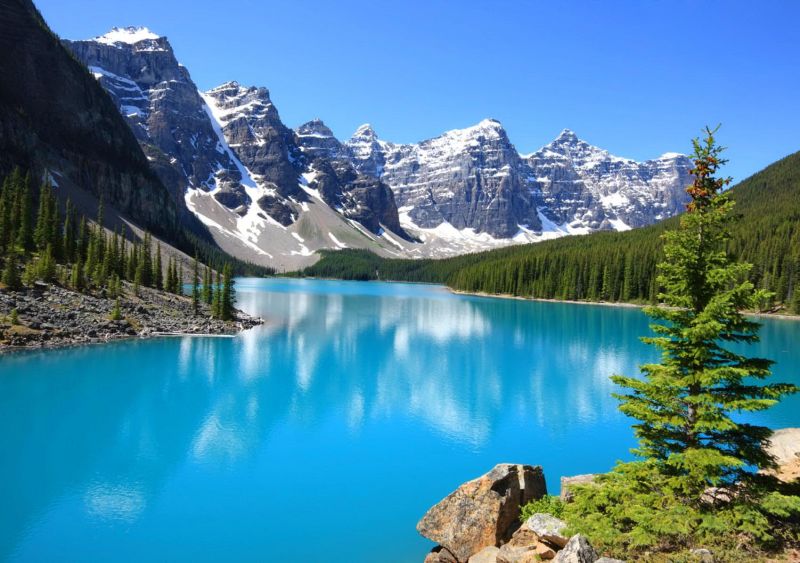New Global Database to Track the Role of Lakes in Ecology
Published on by Water Network Research, Official research team of The Water Network in Technology
A new research will help understand the important role of lakes in the Earth's complex environmental systems — the hydrological cycle and weather patterns, transport, distribution or storage of pollutants and nutrients through the landscape.
 Geographers at McGill University published this research Nature Communications.
Geographers at McGill University published this research Nature Communications.
"Lakes are changing, in a changing world," says senior author Bernhard Lehner, an associate professor in McGill's Department of Geography. "Some are disappearing as there is less water to keep them filled, others are created or growing in regions where there is more rainfall. So we need a good inventory of the current status of lakes to understand and monitor their changes and the effects that this may have for our global environment."
Filling data gaps
While there are plenty of measurements for lakes in some regions of the world, significant gaps have remained in the global data. In principle, the surface area or shoreline length of a lake can be directly measured on maps or satellite images, for example, but it's much more difficult and time-consuming to estimate the amount of water stored beneath a lake's surface.
An intuitive theory has long held that lakes in hilly or mountainous regions should tend to be deeper than those in flat landscapes. But until recently, it wasn't easily possible to determine a clear relationship between the degree of hilliness and the depth of a lake.
Taking advantage of the latest improvements in satellite data providing precise measurements of land surface elevation, the McGill researchers related the slopes found around lakes with thousands of existing lake-depth records. (Lakes in hilly surroundings did tend to be deeper). They then used computer models to extend those calculations to all unmeasured lakes on Earth. Based on this, they calculated the volume of water stored in more than 1.4 million lakes that are larger than 10 hectares, or roughly 14 soccer fields. The grand total: more than 180,000 cubic kilometres.
Beneath the surface
The researchers also estimated how long water typically "resides" in each of the lakes - the amount of time from the moment it enters a lake until it flows out. On average for all lakes, the residence time worked out to about five years. But there are many with much shorter times; and, at the other extreme, more than 3,000 lakes have residence times estimated at 100 years or more.
The McGill team is making its new database available for use by researchers around the world. The researchers are also working on new features that could be added, such as data on the surrounding watersheds that feed the lakes.
Source: Phys.org
Media
Taxonomy
- Ecology
- Environment
- Lake Management
- Research & Environment
- Environment